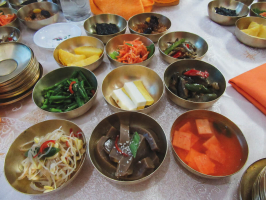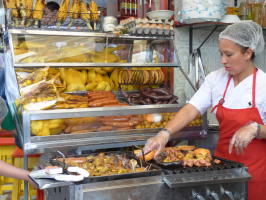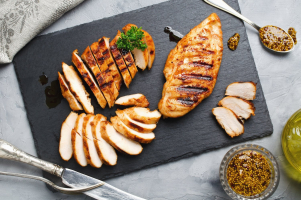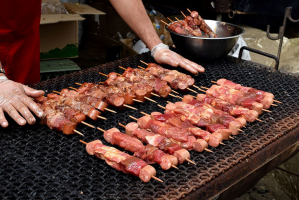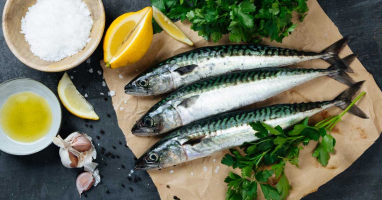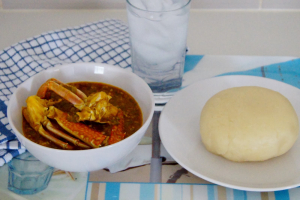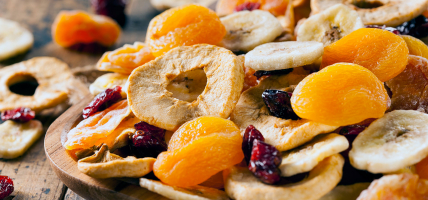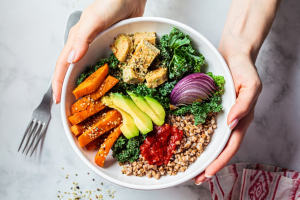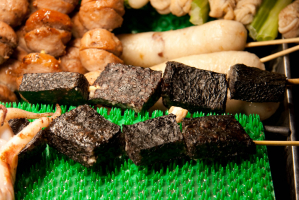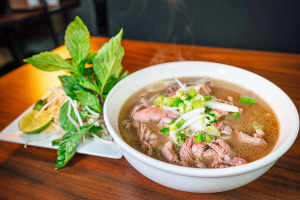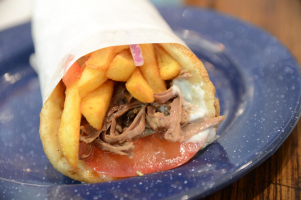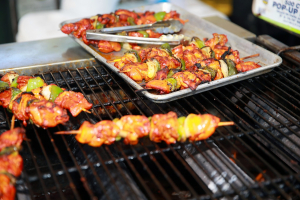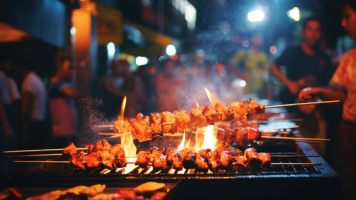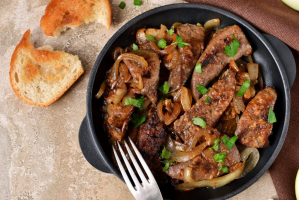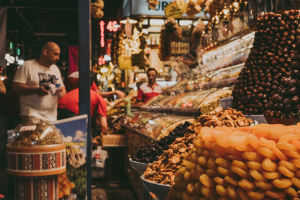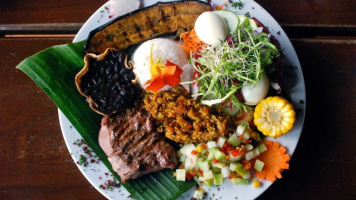Top 10 Best Saudi Arabian Foods
Historically, cuisine in Saudi Arabia has been a bit of a mystery. There is little known about real olden-day Saudi Arabian food, and most of what is today ... read more...considered Saudi cuisine may be traced back to other countries in the region, such as Egypt and Yemen. However, Saudi cuisine culture has arisen as a synthesis of various influences that have been changed and updated to meet the people's particular needs. If you're planning a trip to Saudi Arabia and want to sample the local food, Toplist hopes our list of the Top 10 Best Saudi Arabian Foods can help.
-
In Saudi Arabia, Kabsa is a staple meal. There are various varieties, but the heart of Kabsa is either beef or chicken served with a heaping helping of rice and other side dishes. It is common for individuals to have Kabsa for lunch and dinner every day. It is the most popular Saudi Arabian dish.
It is served at all times. It tastes like a mash-up of rice, beef, onions, and various vegetables and spices. It is consumed by both the rich and the poor. Chicken Kabsa can be a fairly priced entrée because one large Kabsa can be ordered and shared by four persons. The dish is typically eaten with one's fingers, but a fork or spoon can be used if desired.
Kabsa is a rice dish popular throughout the Arabian Peninsula's Gulf States. Kabsa, which is heavily influenced by Persian and Indian biryanis, re-uses the water used to boil fish or meat to cook the seasoned, long-grain rice in, perfectly mixing all the flavors and spices.
Chicken, lamb, camel meat, fish, or even shrimp can be used to make this dish. The meat or fish is frequently put on top of the rice, and the entire dish is presented on a wide plate designed to be shared and eaten with one's hands. Although it originated in Yemen, this traditional rice and meat combination is extremely popular in Saudi Arabia, where it is regarded as a national meal. Kabsa is also known as machboos on the Arabian Peninsula.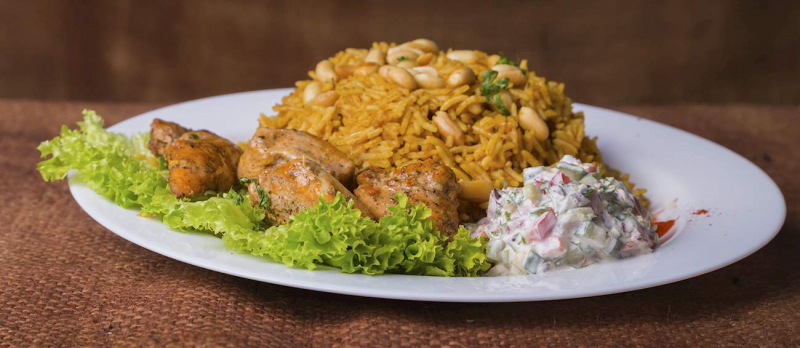
https://www.tasteatlas.com/ 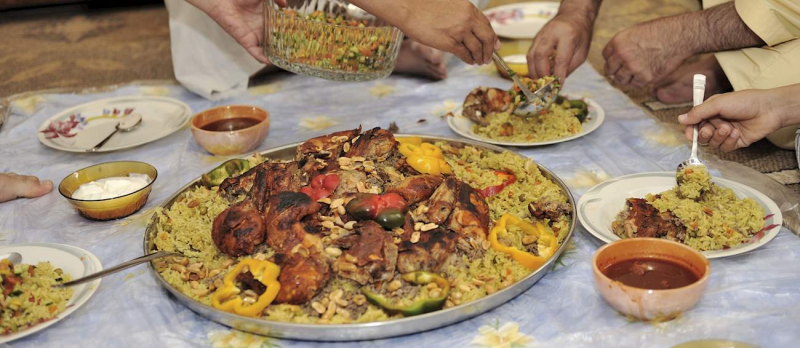
https://www.tasteatlas.com/ -
Shawarma is a tasty Middle Eastern pork dish that is marinated and spit-roasted. Its name comes from the Arabic pronunciation of the Turkish term çevirme (lit. to turn; turning) and alludes to the spinning skewer on which the meat is cooked.
Shawarmas are produced with lamb, turkey, chicken, beef, or a combination of other meats that are slow-cooked for hours and basted in their own juices and fat, achieving unmatched succulence, but the actual secret to a flawless shawarma is in the marinade.
Depending on the kind, the meat should be marinated for at least a day, preferably two, especially if beef is used. These marinades are often made with yogurt or vinegar and include spices and flavorings like cinnamon, cloves, cardamom, nutmeg, black pepper, allspice, dried lime, spicy paprika, garlic, ginger, lemon, bay leaf, and occasionally even orange slices.
Shawarma is either eaten on its own or wrapped inside a warm flatbread like pita or lavash. What truly distinguishes it from Turkish döner kebab, Greek gyros, and other similar meals is the variety of garnishes and condiments available.
Israeli shawarmas, for example, are generally coated with tahini and served with substantial portions of hummus and pickled mango slices, whereas in other countries, shawarma is sometimes accompanied by garlic mayo or a fiery toumaia garlic sauce, as well as both fresh and pickled veggies.

https://www.tasteatlas.com/ 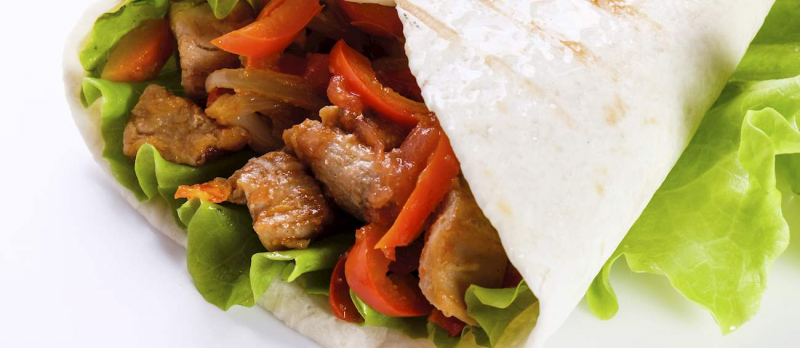
https://www.tasteatlas.com/ -
A plate of harees, a hearty supper combining coarse bread and meat, is a Ramadan staple in many Middle Eastern nations. This centuries-old cuisine is thought to have originated in Saudi Arabia, but it has since spread throughout the Middle East and India.
Several countries in the region have developed their own variations, using original ingredients and giving the meal local names. Harees is often prepared in the Middle East using coarse ground wheat mixed with water, butter, and meat and then left to soak overnight.
Any surplus liquid is drained, and all of the ingredients are thoroughly combined to form a homogeneous, slightly elastic substance resembling thick porridge. Chicken and lamb are the most popular meats used in harees, but mutton is also used in some regional versions.
The spices used in the preparation are also geographically influenced: cardamom, cinnamon, and cumin are prominent in Arabian countries, garlic and olive oil are common in Lebanon, and chile and turmeric are widely used in Indian variants.
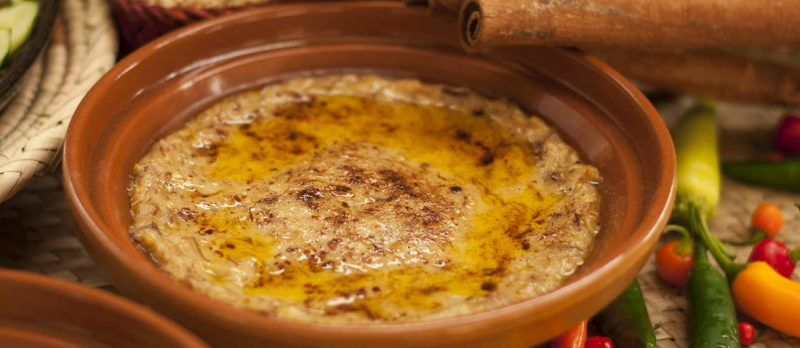
https://www.tasteatlas.com/ 
en.wikipedia.org -
Gursan is a Saudi Arabian national meal that is produced by laying dry, paper-thin sheets of bread atop meat and vegetables in a broth until the bread absorbs all of the aromatic liquids. The end result is rich, nutritious, and hearty, which is why the meal is popular across the country.
Gursan is a popular main dish in the Najd (Riyadh) region. At home, traditional Gursan is baked. The finely spread dough of whole flour, water, and salt is baked. Then, on top of the Gursan, a special meat sauce is created. Gursan is now pre-baked and offered in supermarkets. It's served with a choice of beef, chicken, or veggies.
Gursan is commonly served with a variety of meats, chicken, and vegetables. It's also available in pre-baked form, which you can find in most supermarkets. If you intend to travel to Saudi Arabia, Gursan is one of the must-try dishes.
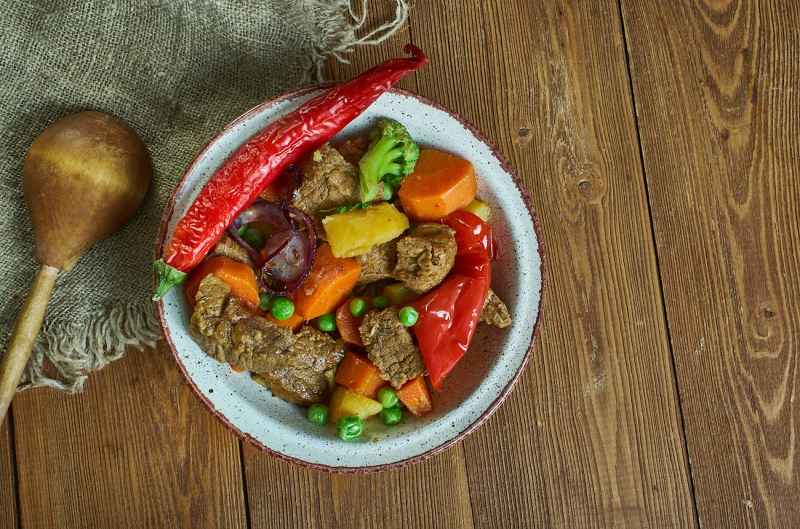
https://www.tasteatlas.com/ 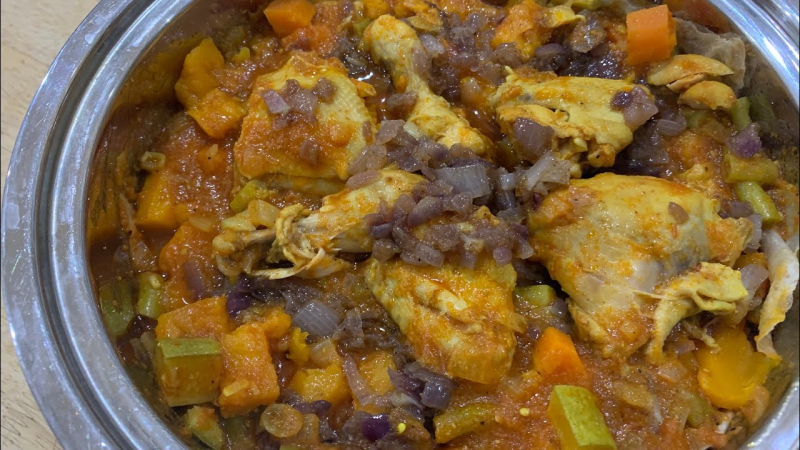
Photo: Josefina Ramos mommy of all KSA tiktokers's Youtube Channel -
Hininy is a Saudi Arabian meal made with dates, butter, and brown bread. The entire concoction is then seasoned with spices like saffron and cardamom. The dish is a delicacy of Najd, where it is typically served in the winter.
Hininy is one of Saudi Arabia's most popular traditional culinary dishes. In Najd, the food is quite popular. It is typically cooked throughout the winter season. Dates, brown bread, ghee, cardamom, and saffron are used to make it.
Hininy is a sweet dish that some serve hot, while others serve at room temperature alone or with cream. This style of dish is typically linked with engagements, weddings, and other pleasant occasions where people give away gifts. Many people enjoy it for breakfast since it is filling and keeps you satisfied for a long time. If you intend to travel to Saudi Arabia, Hininy is one of the must-try dishes.
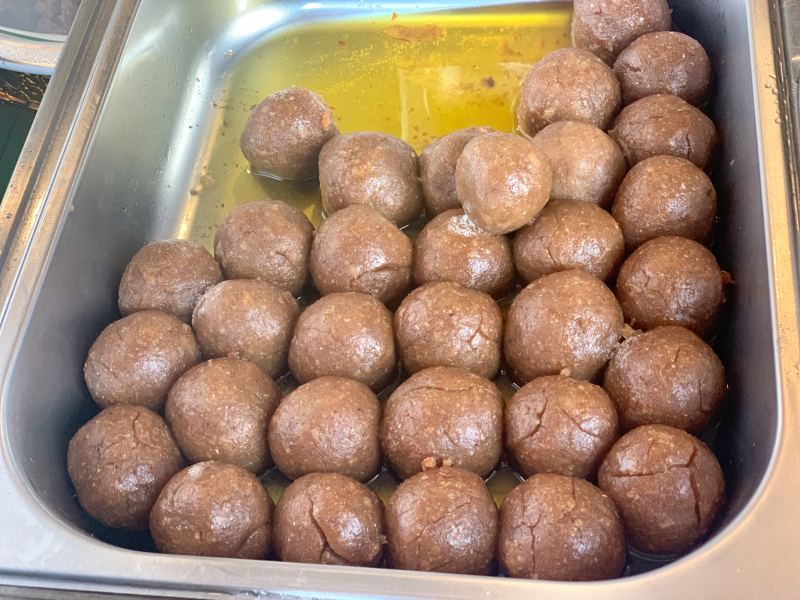
en.wikipedia.org 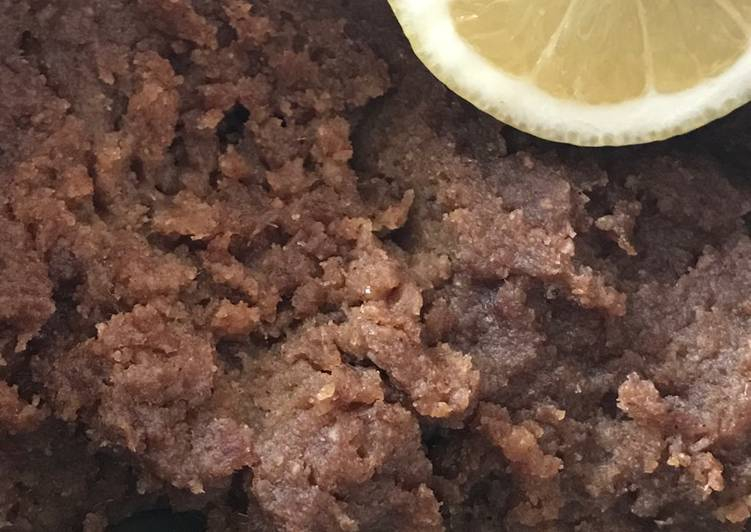
https://allarabianfood.web.app/ -
This classic Arabian cuisine is most commonly described as a spicy lamb stew thickened with barley bread, although the term tharīd also refers to a huge earthenware bowl. Even though its origins are supposed to extend back to pre-Islamic times, tharīd was one of the Prophet Muhammad's favorite dishes, according to folklore and various Hadith teachings.
This filling dish is now made with a variety of hall meats that are cooked with vegetables and served over thin, unleavened bread. tharīd is commonly consumed in Islamic nations for al'iiftar, the evening meal offered at sundown when Muslims break their daily Ramadan fast. If you intend to travel to Saudi Arabia, Tharid is one of the must-try dishes.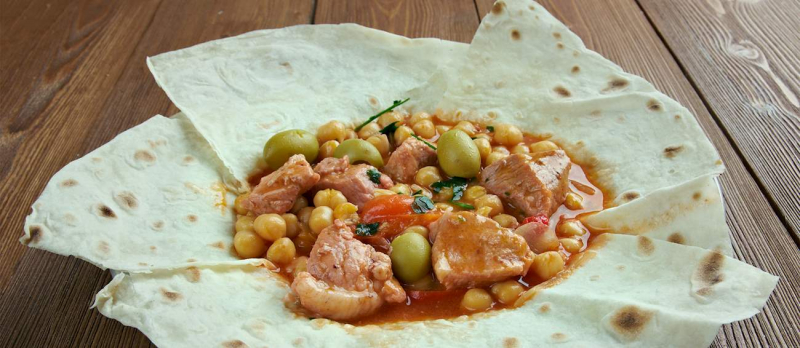
https://www.tasteatlas.com/ 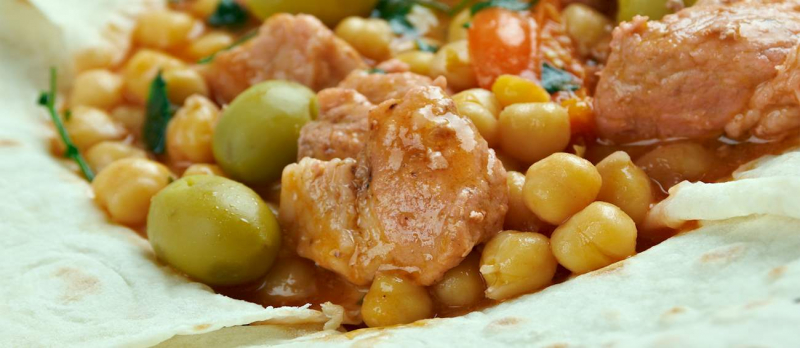
https://www.tasteatlas.com/ -
Saleeg, originating in Hejaz, is a classic Saudi Arabian rice meal made of creamy, porridge-like short-grain rice with roasted pork. Chicken is the most popular meat, and it is normally cooked in water with seasonings before being roasted.
To boil the rice in this meal, a combination of the broth in which the meat has been cooking, hot water, and optional mastic tear is used. The boiling rice is then mixed with milk and ghee or butter and cooked until it achieves the required consistency.
A big serving platter (tabasi) is commonly used to serve saleeg, and the roasted meat is normally placed on top of the rice. Additional meted ghee or butter can be drizzled over the meal, and it is recommended to serve it with accompaniments such as salata hara (a spicy, salsa-like condiment), duggus (a chile tomato-parsley sauce), pickled lemons, or a tomato-cucumber salad. If you intend to travel to Saudi Arabia, Saleeg is one of the must-try dishes.
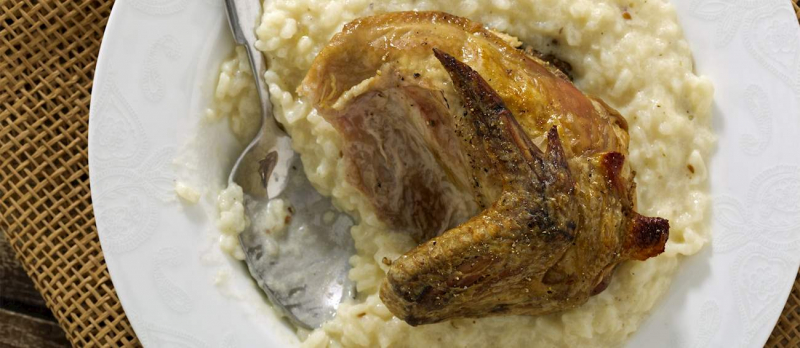
https://www.tasteatlas.com/ 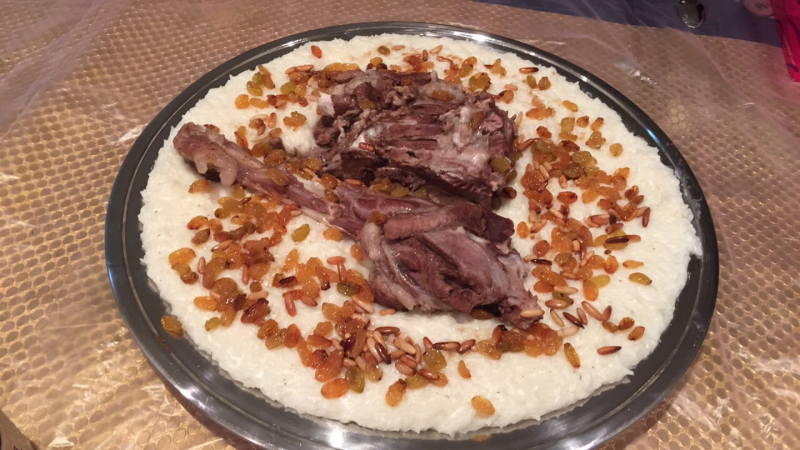
en.wikipedia.org -
The next unique dish compiled in this article is Dajaj Mashwi. Dajaj mashwi is a Saudi Arabian barbecue delicacy prepared with pounded thin boneless chicken breasts that have been marinated and cooked. Spice powders and dried herbs such as paprika or red chili powder, ginger, garlic, onion, black pepper, salt, oil, and lime juice are common marinating ingredients.
The chicken is spicy and meaty, and it is usually served with a garlic dipping sauce and a mixed salad on the side, but it can also be served with couscous, Arabian pilaf, and soups. If you intend to travel to Saudi Arabia, Dajaj mashwi is one of the must-try dishes.
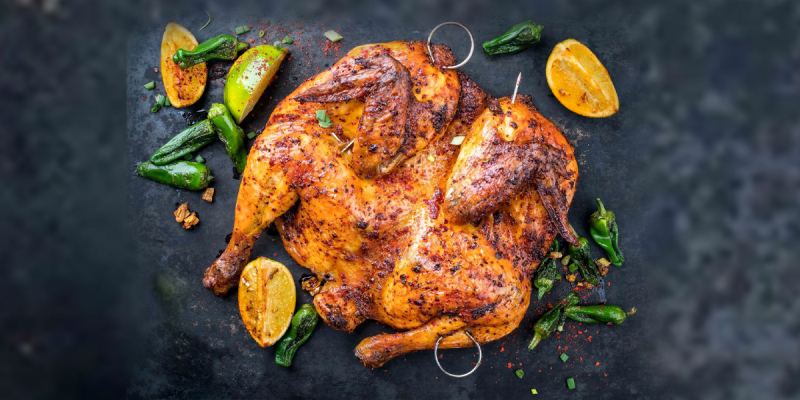
ramsons.co 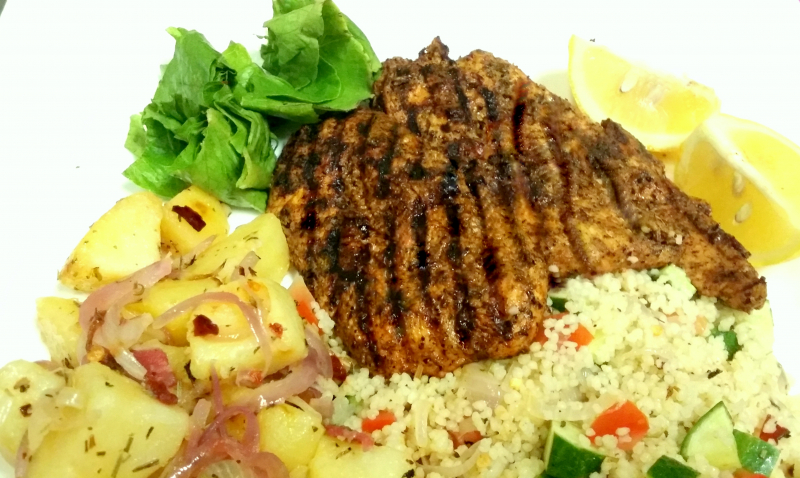
myartofcookingandbaking.wordpress.com -
Ma'amoul is a traditional cookie loaded with fruits and nuts like dates, walnuts, and pistachios. The cookies are often fashioned into balls or domes and are commonly baked for Easter, festivals, and celebrations. To distinguish the cookies, the walnut ma'amoul is commonly formed into a dome with a round top, the date ma'amoul into a dome with a flat top, and the pistachio ma'amoul into an elongated, oval shape.
It is not uncommon for the cookies to be dusted with powdered sugar for added sweetness, and they are frequently served with coffee or tea in many Middle Eastern houses during the day. If you are planning a trip to Saudi Arabia, Ma'amoul is a must-try meal.
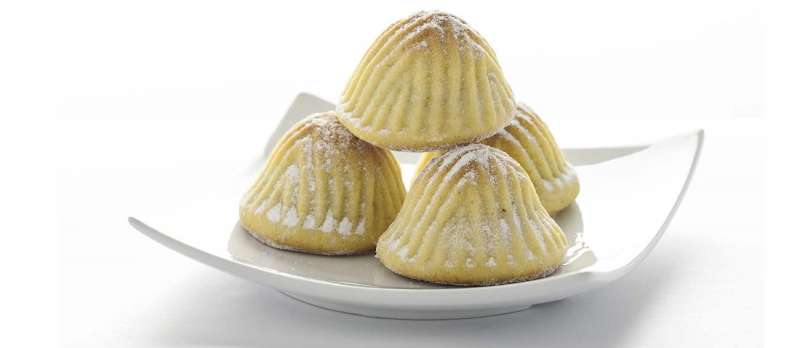
https://www.tasteatlas.com/ 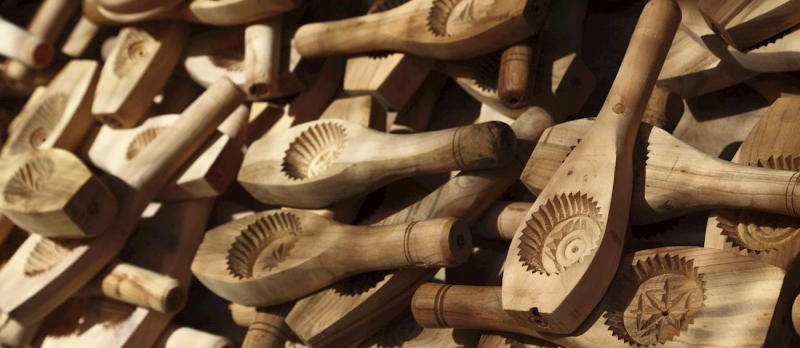
https://www.tasteatlas.com/ -
The last delicious dish compiled in this article is Jalamah. Jalamah is a lamb dish that has been produced for centuries in the Saudi Arabian province of 'Asir. It's made with pieces of very young lamb flesh, onions, and a blend of Arabic spices like cardamom, cinnamon, coriander, and black pepper. Visitors are immediately attracted by the delicious taste that the dish brings.
To mop up the rich gravy, the meal is frequently served with rice or flatbread on the side. This delicacy is typically made for important occasions such as the Eid al-Adha holiday. If you are planning a trip to Saudi Arabia, Ma'amoul is a must-try meal.
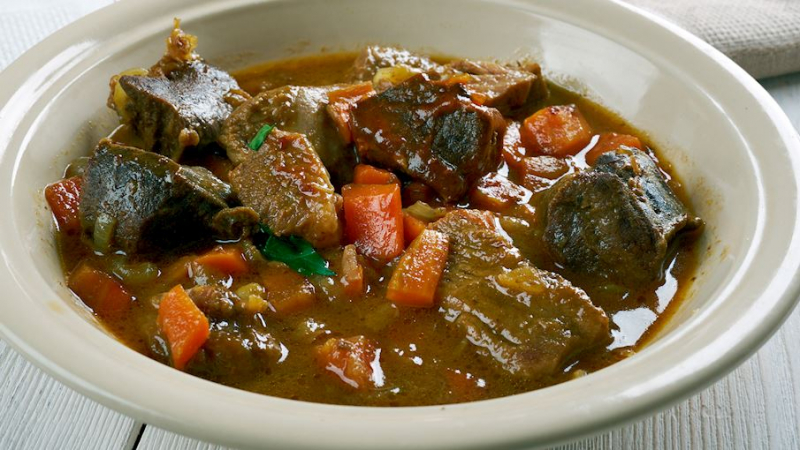
https://www.tasteatlas.com/ 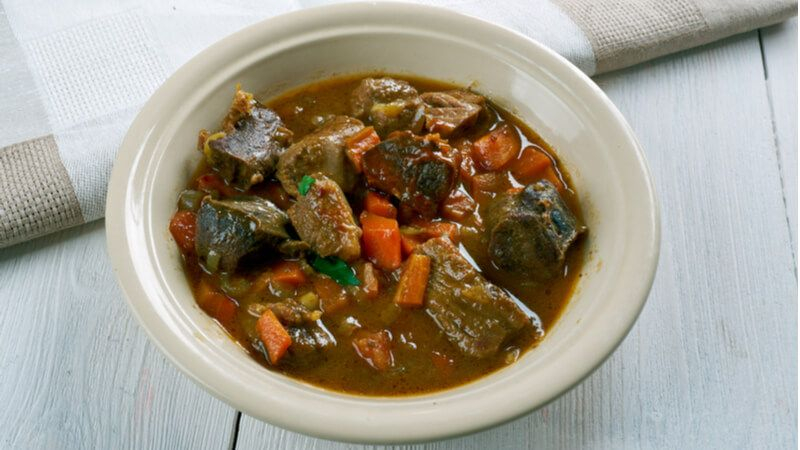
regencyholidays.com













